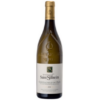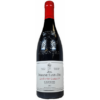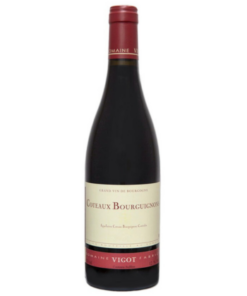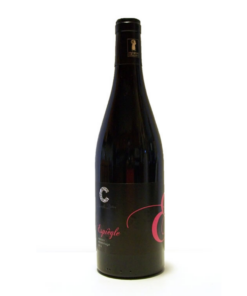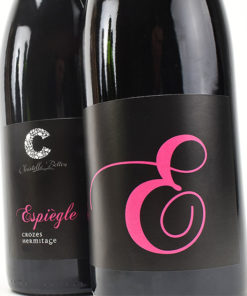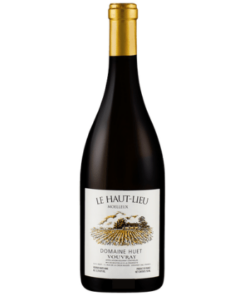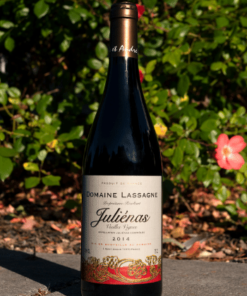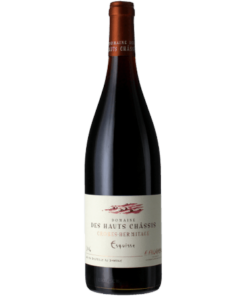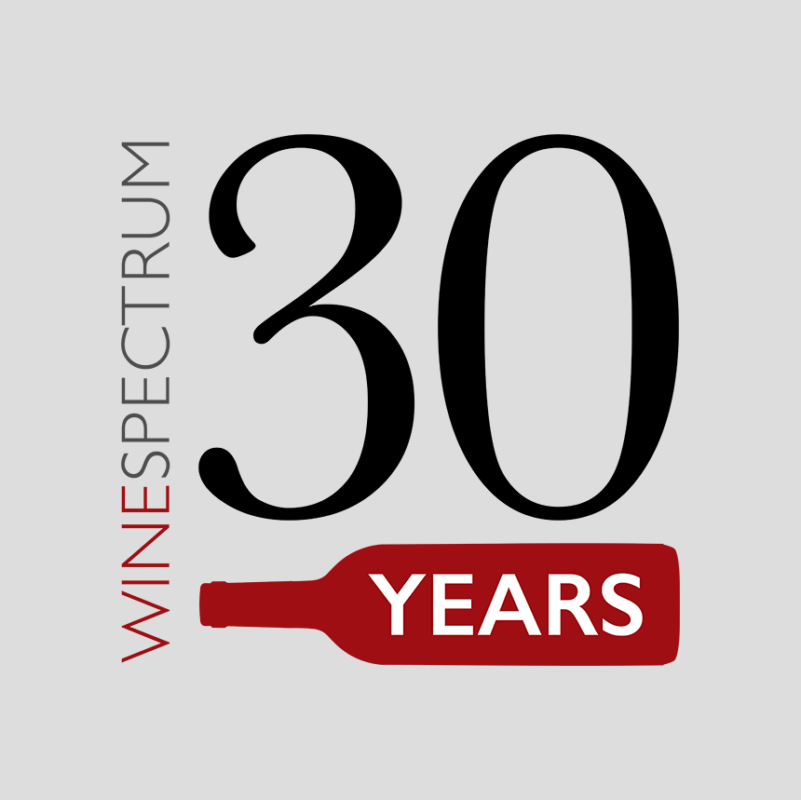2009 M. Chapoutier Ermitage ‘Vin de Paille’ (375ml)
$ 99.00
Questions? Ask a Wine Advisor
Shipping InformationWA96 There are two wines readers should keep an eye out for, even though they are very limited in availability (just under 300 cases of each). Both are potentially immortal offerings. The 2009 Ermitage Vin de Paille and 2010 Ermitage Vin de Paille are both made from the l’Ermite lieu-dit. Both possess deep gold colors as well as off-the-chart levels of residual sugar, acidity and concentration. These massive, unctuously textured, phenomenally great sweet dessert wines have incredible precision as well as intensity. Available only in half bottles, these connoisseur’s collectibles are meant to be drunk over the next 50-100 years.
As I have written many times, all of these wines are produced from rigidly cultivated, bio-dynamically managed vineyards. That has been the rule since Michel Chapoutier first took over this firm in the late 1980s. Now, with over 20 years of biodynamic viticulture under his belt, Chapoutier remains committed to this rather radical style of organic farming. He believes the effect is to reduce rot in damp, rainy vintages. Moreover, he has observed that after 10 to 15 years of biodynamic farming, the natural acids tend to be more vivid and the overall pH of the soils (as well as the wines) has dropped. Controversial, outspoken and brutally candid, Chapoutier, who suffers no fools, continues to admirably produce wines that are among the finest in the world and potentially the longest lived. Refusing to acidify, chaptalize, or touch the wines in any way, he clearly wants every wine to capture the very essence of its terroir and vintage personality. In this, he succeeds remarkably. No one has made more effort in resurrecting the once-forgotten backwater appellation of St.-Peray than Michel Chapoutier. Working in conjunction with the famed Michelin three-star restaurant family, the Pics, Chapoutier has produced a sensational 2010 Gamme Pic and Chapoutier St.-Peray, and the first single-vineyard St.-Peray, the 2010 Lieu-Dit Peyrolles St.-Peray, which is one of the greatest St.-Perays I have ever tasted. This appellation is all steep hillside vineyards planted in pure, decomposed granite soils, not dissimilar from Hermitage, but they are located on the other side of the Rhone, facing the city of Valence. The single-vineyard wines, or selections parcellaires, 2010 whites are absolutely amazing, with production levels ranging from 300 to 700 or 800 cases of each cuvee. These wines are for true connoisseurs, as they are expensive and meant for long, long evolutions, but they capture the essence of a vintage and terroir as well as any wines in the world. As for the selections parcellaires of 2010 reds, Chapoutier likes this vintage almost as much as 2009, but feels it is very different, emphasizing more acidity and minerality, whereas 2009 is a combination of pure power, concentration and great potential longevity. Michel Chapoutier considers the 2009s, which are all in bottle, to be among the greatest wines he has ever produced, equaling his finest wines of 2006, 2003, 1999, 1990 and 1989 (his debut year).
Estate Notes: The Vin de Paille is more a desert in itself than a wine used with deserts. However, it can be matched with fruits pies : apricots, citrus fruits…100% Marsanne. The crop is harvested by successive sortings and then dried on a straw bed for almost two months before pressing.. Fermentation and ageing are entirely performed in oak casks. Bottling is carried out 24 months later. The obtained must has a minimum concentration of 360 g of sugar per liter. After fermentation, the actual alcohol content is close to 15% vol for a residual sugar amount of 105 g per liter.
| Varietal | |
|---|---|
| Vintage | |
| Appellation | |
| Winery_Name | |
| Wine_Type | |
| Size | |
| Rating |
Related products
French Wine
Eclectic Whites
French Wine
French Wine
French Wine



